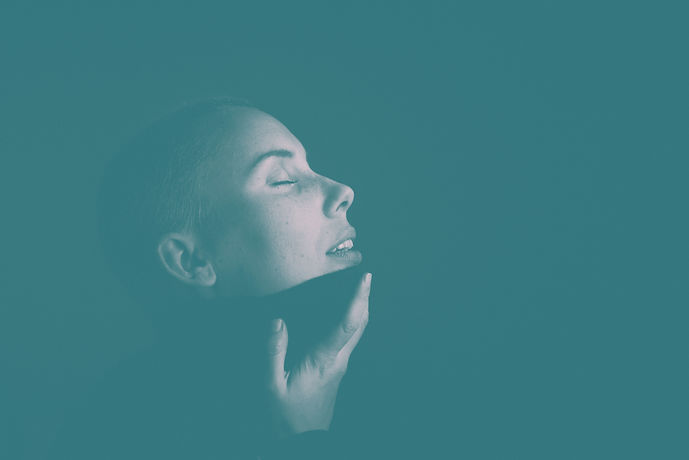Inalu Ruth Antoli

Authentic Movement
The root of this work can be traced to earliest human history when disease was seen as a loss of soul and dance was an integral part of the healing process.
AM is a practice to know yourself more intimately and deeply. It is an invitation to learn that presence is enough and to welcome not-knowing . We recognize and allow what is within so wholeness and compassion can arise and there can be space for what needs and wants to be seen and expressed.
Through movement, listening, looking and speaking we unfold tenderly the mystery that we are and nourish the connection with self and others.
What wants to be expressed through movement?
Can I listen well enough to sense what is alive in this moment?
-Joan Chodorow

"I let myself be moved by inner impulses, as sensations, emotions, imagination... I take the time to sense what´s alive in the body and how that wants to move, how that wants to be expressed. There´s nothing I need to do, just to follow moment by moment the delicate thread of being present."
What happens in a session?
A mover closes her eyes and in silence listens deeply to impulses that arise from sensations, emotions, intuition, imagination. As the mover attends closely to her experience these impulses may bring her into movement.
The witness sits to the side of the empty space, seeing the mover and bringing the same close attention to her own somatic experience as it resonates or moves in her body while in the presence of the mover.
Afterwards they speak together, both seeking vivid words in the present tense that express the experience as directly as possible.